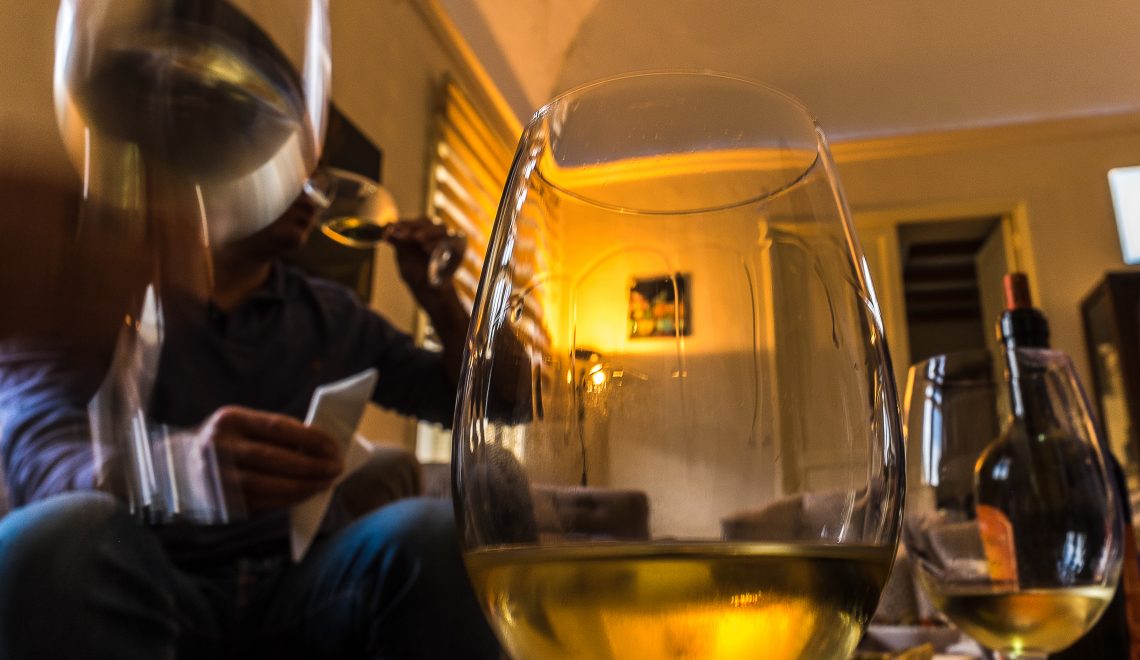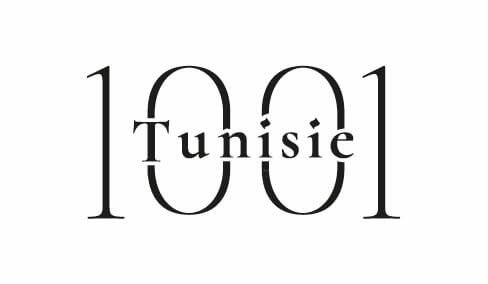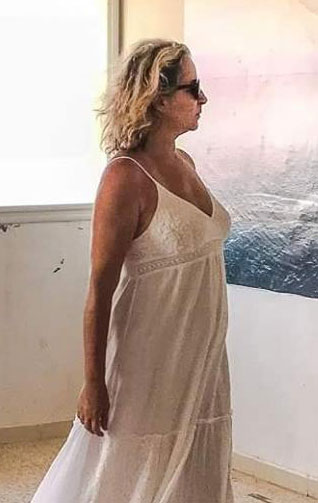
The Magon Project is a historical-gastronomic discovery developed between Sicily and northern Tunisia. A cross-border road to value the
common heritage around both shores of the Mediterranean. Co-financed by the EU, this road is part of the will to rely on this wonderful and universal culture of wine, to open up to the cultural landscapes shaped by Man, to the many myths and legends, but also to the new economy linked to this craze of a renewed public. By Pierre Gassin

 Remember that Magon, the Carthaginian, wrote the first treatise of oenology, 700 years before JC, in Punic language. Translated immediately into Latin by the Romans, this treaty laid the foundations of the vocabulary and practices still used today.
Remember that Magon, the Carthaginian, wrote the first treatise of oenology, 700 years before JC, in Punic language. Translated immediately into Latin by the Romans, this treaty laid the foundations of the vocabulary and practices still used today.

This wine route consists of many points of discovery and especially meetings: we will be guided by three women of character: Amel Boukhris who presents us the jewels of the museum of Nabeul, then Mila Lauretta, mistress of ceremony at the Castle Neferis, which makes us discover artists and local products, then by Faten Belhadj, young oenologist who will accompany each dish of a reasoned wine.
The beautiful Amel is our guide of the day, she accompanies us and tastes with us the landscapes, works of art and craft, food and wine. She has her very caring and delicate way to make us appreciate each story, anecdote, page of culture … She suggests, touches the history, without ever weighing it down. But if you ask her the slightest question, she becomes inexhaustible.
The small museum of Nabeul is a recently renovated structure, very pleasant. Despite a modest size, there are treasures of the Mediterranean basin, between myths, legends, unique objects and rare mosaics. We liked the amphorae, the fine marble sculptures of the Roman era, the sigillated ceramic collection, this 3rd century ceramic, with its almost new appearance due to its rare method of manufacture. We were surprised by the description of a real factory, or large scale factory, of dried fish. And what impressed us is the garum sauce, made from fish viscera, even oysters, in brine, fermented in the sun, then passed through a Chinese (colander) to obtain an aromatic liquid … which is strangely similar to Nuoc Mam Vietnamese! We will have to look for ways between these two countries.

Mila, for 18 years is the mistress of ceremony of this traditional domain with human and artisanal dimension. Neferis is the Punic name of the valley of Grombalia, a dense agricultural region rich in ancestral and complementary practices, Carthaginian granary of the vineyard, wheat and olive. Its 450 hectares are divided into 200 ha of vines (viognier, chardonnay, muscat, syrah, carignan, cinsault) and 500 olive trees. 50 workers animate and maintain the farmhouse with 4 towers, a French menzel, a barn at the beginning of the 19th century, a barrel cellars, stainless steel tanks and a contemporary laboratory! Traditional techniques are here a blend of ancestral knowledge, contemporary techniques and constant research of the best taste. But Mila immediately highlights a typically Mediterranean richness, mixing the warmth of its welcome, the magnetism of its unique look, the sum of artistic information gently distilled throughout its culinary explanations. Mila has the passion of a Sicilian, who took root in this castle, but to make discover the flavor of all the terroirs of Tunisia. Each ingredient is chosen, according to its origin, its quality, its endemic authenticity. With classic flavors, she always adds her creative touch,
the complementary and offbeat spice, a revised know-how. And when you have almost tasted everything, the result comes, and again and again … To finish with an incredible couscous keffois. What a magnificent tour of the country!
 But Mila is not alone to orchestrate our taste buds and curiosities, she has recently been surrounded by the expertise of an oenologist: Faten. The young woman is a concentrate of knowledge around wine, from its conception to its tasting. She is the wine that does not exist yet at Neferis: a sparkling full of roundness! She often laughs, stays behind for everyone to express what they feel. A pleasure to drink at her side, we are reassured, informed, accompanied.
But Mila is not alone to orchestrate our taste buds and curiosities, she has recently been surrounded by the expertise of an oenologist: Faten. The young woman is a concentrate of knowledge around wine, from its conception to its tasting. She is the wine that does not exist yet at Neferis: a sparkling full of roundness! She often laughs, stays behind for everyone to express what they feel. A pleasure to drink at her side, we are reassured, informed, accompanied.

Our favorites :
* Pink diamond: the last born of the Neferis family. A rosé trend, clear and without bitterness, cinsault and grenache. Intense fruity, with citrus fruits, then subtle floral notes. Very kind.
* Beautiful white: Chardonnay and Muscat of Alexandria. Manual harvest, cold fermentation in stainless steel vats. A perfect balance between these two signature grape varieties.
* White Selian Reserve: a pure hand-harvested chardonnay, gently pressed, and fermented between 11 and 13 months in oak barrels. A splendor of complex balance, complementary flavors. An explosive nose of vanilla, grilled dried fruits, toasted. In the mouth, it must be allowed to express itself. It will surprise you with its mineral nuances and fat.
* Magnificent old man: my favorite of the day. A racy, frank, rich wine. A real rugby player: supple and broad-shouldered! A promising nose, red fruits, vanilla, wood. The mouth follows: sudden invasion of prune, citrus, coffee, rancio. Its aging at temperature for 18 months in oak casks leaves the Syrah express all its depth. Sublime
The tasting
● Sun-dried olives of Zaghouan variety Beldi variety and flavored with lemon zest (untreated) and Picholine variety olives flavored with crushed fennel seeds and orange zest (untreated)
● Nabeulian harissa flavored with ginger (traditional proposal revisited) with extra virgin olive oil cold pressed (private production of Maamoura)
● Homemade bread made from the autochthonous variety Mahmoudi variety of Zaghouan and tabouna traditional Nabeul
● Homemade mini tartlets with homemade pestle (mehress)
● Coarse cream of males (fresh spring beans) with cumin, decorated with harissa and a drizzle of extra virgin olive oil
● Keftas hout (fish dumplings in mahdoise, based on small fresh whiting, without sauce)
● Traditional cheeses: sheep of Beja and goat of the Sousse countryside, accompanied by honey (robb) dates of Nefta
● Ojjet mayou (tajine harissa that is prepared in May in Cape Bon) based on
green leaves of fruit trees of the season (fig, mulberry, orange, carob, medlar, fig tree
of barbarism, olive, laurel) and with garlic beldi, thyme and rosemary
● Tagine warka: seven leaves alternated with a stuffing of farm eggs (arbis), chicken, almonds, saffron, caraway …
● “Tribute to Sicily” (at the Sicilian side of the Magon route …): “anellini pasta with a pistounade made from basil, extra virgin olive oil, dried tomatins, capers from Ghar El Melh, anchovies from Mahdia, almonds, garlic beldi
● Kef borzguen couscous (with lamb, chickpeas and dried fruits, spices …)
● Makroudh with sorghum from Haouaria
Contact:
Phone: (+216) 24 381 349
www.itervitis-magon.eu


 َAbonnez-vous
َAbonnez-vous

